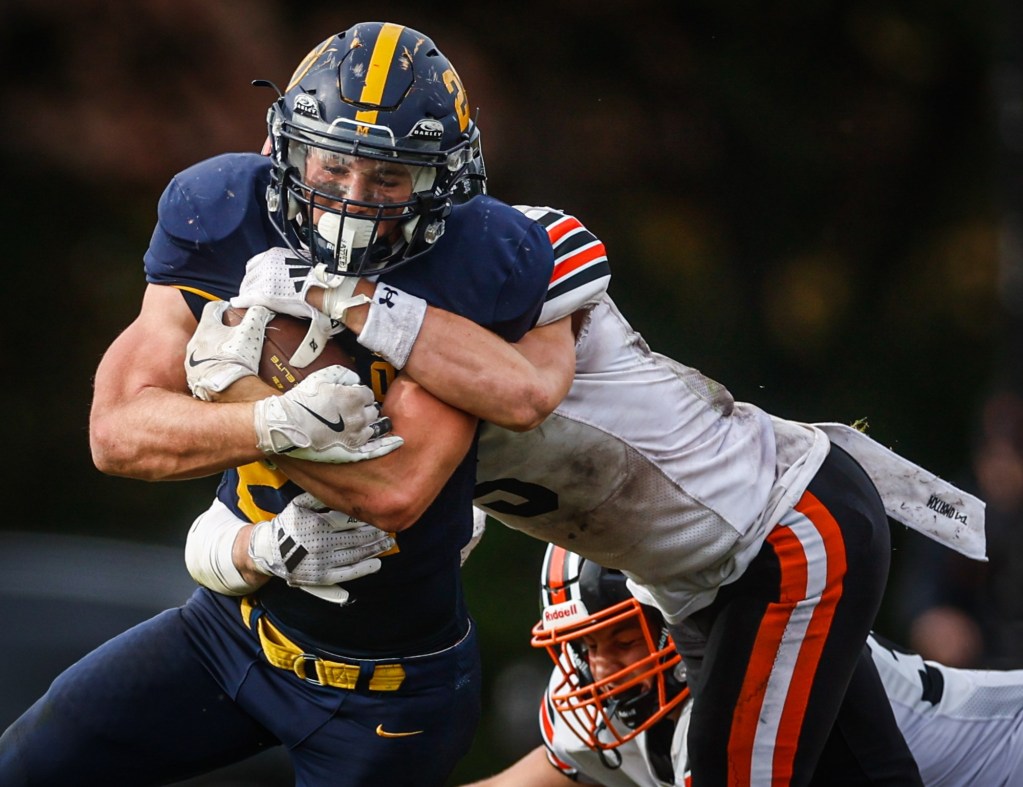High school football faces significant challenges as forfeits become increasingly common due to dwindling player rosters. On Tuesday, Menlo School, a member of the Peninsula Athletic League Bay Division, announced its decision to forfeit an upcoming game against Wilcox. This decision followed a tough 28-0 loss to Los Gatos, which left the team unable to field a complete squad due to injuries and fatigue. With this forfeit, Menlo’s record now stands at 7-2 overall and 2-2 in league play, effectively eliminating them from contention for the PAL Bay title.
The situation at Menlo reflects a broader issue affecting high school sports across the region. Coach Todd Smith openly expressed his concerns after the game against Los Gatos, stating, “We need more kids to play football here. And we need to help those kids so that our kids can play healthy.”
Despite their successful start to the season, winning their first seven games, Menlo’s roster has shrunk to just 26 players, with only 24 available for the recent game against Los Gatos. The decision to forfeit the upcoming match was not made lightly; the coaching staff recognized the significant toll that injuries were taking on their players.
Challenges Facing High School Football in the Bay Area
The challenges Menlo School faces are not isolated. Many smaller private schools in the Bay Area are grappling with similar difficulties in maintaining football programs. While schools strive to keep their teams competitive, the increasing pressure to ensure player safety complicates the situation further.
In stark contrast to the struggles of tackle football, Menlo’s girls flag football team is thriving. Currently ranked as the top team in the Bay Area News Group’s flag football rankings, they are poised to compete for the first CCS Open Division flag football championship next week. This shift in dynamics raises important questions about the future of traditional tackle football, especially as flag football experiences significant growth.
According to the California Interscholastic Federation, flag football reported an astonishing 84% increase in participation year over year, while tackle football saw only a 1.9% increase. As interest in flag football grows, particularly among young athletes, the long-term sustainability of tackle football programs faces uncertainty.
The Future of Football at Menlo School and Beyond
As Menlo School and other institutions consider the future of their athletic programs, the impending introduction of boys flag football could change the landscape significantly, especially with its inclusion in the 2028 Olympics. This potential shift raises essential questions: How many players are available to sustain tackle football teams now and in the future?
As schools navigate these changes, finding a balance between safety, participation, and competitiveness will be crucial for the longevity of football in the Bay Area. For Menlo School, the immediate concern remains the health and safety of its players, while the broader implications for high school sports are still unfolding.
The recent forfeit serves as a poignant reminder of the challenges facing high school football today. With Menlo School’s decision, the conversation around the future of tackle football versus flag football continues to gain momentum, highlighting the need for schools to adapt to the evolving landscape of youth sports.
